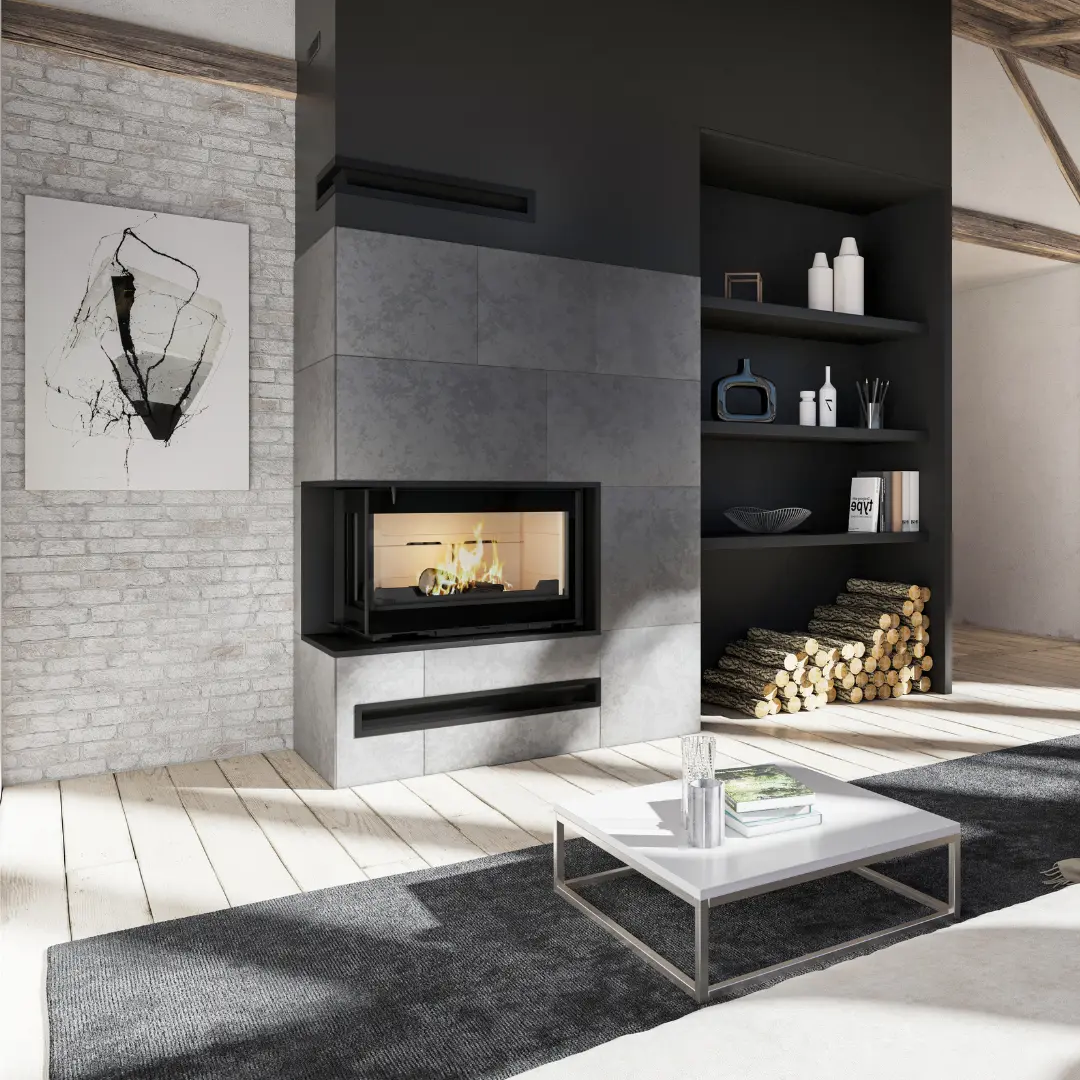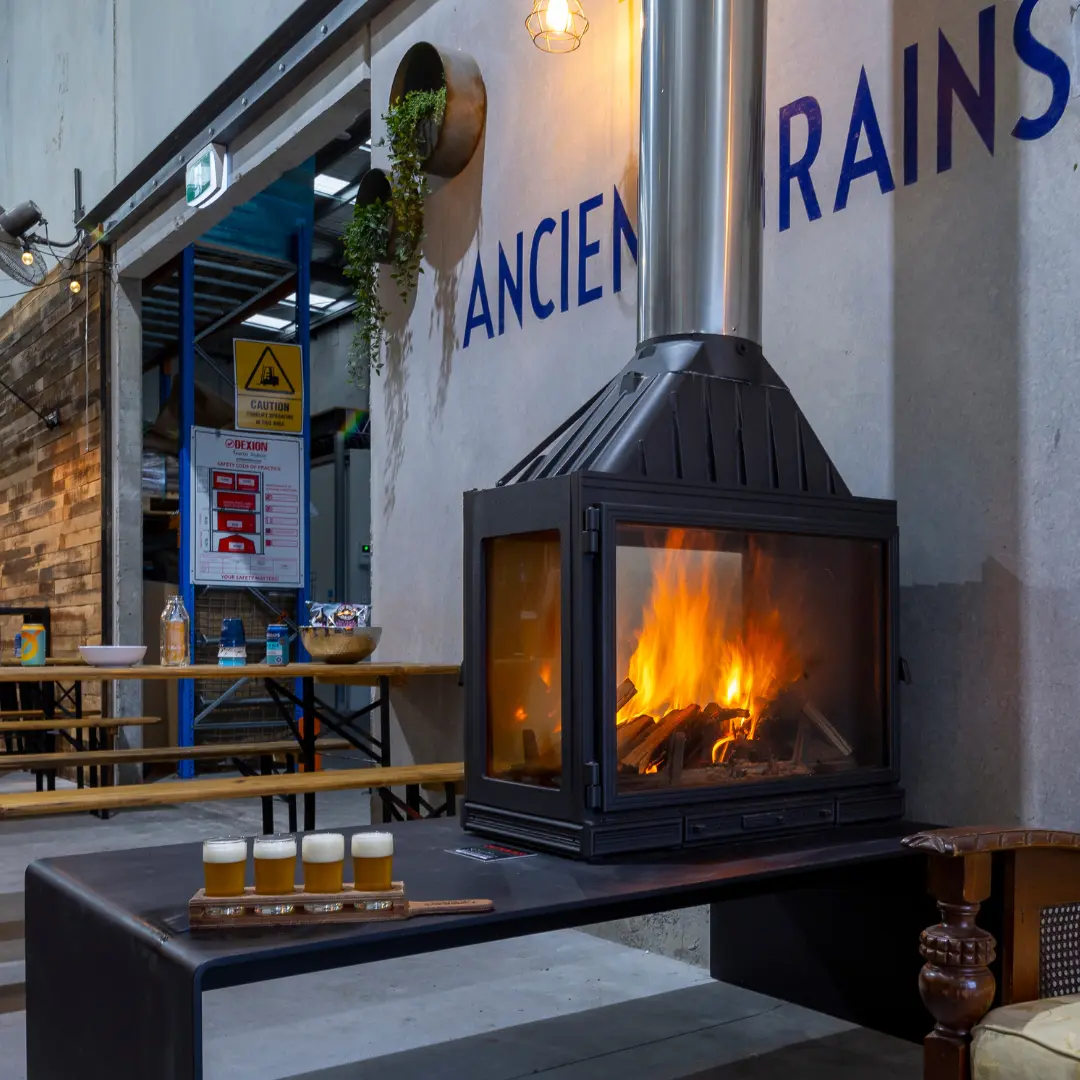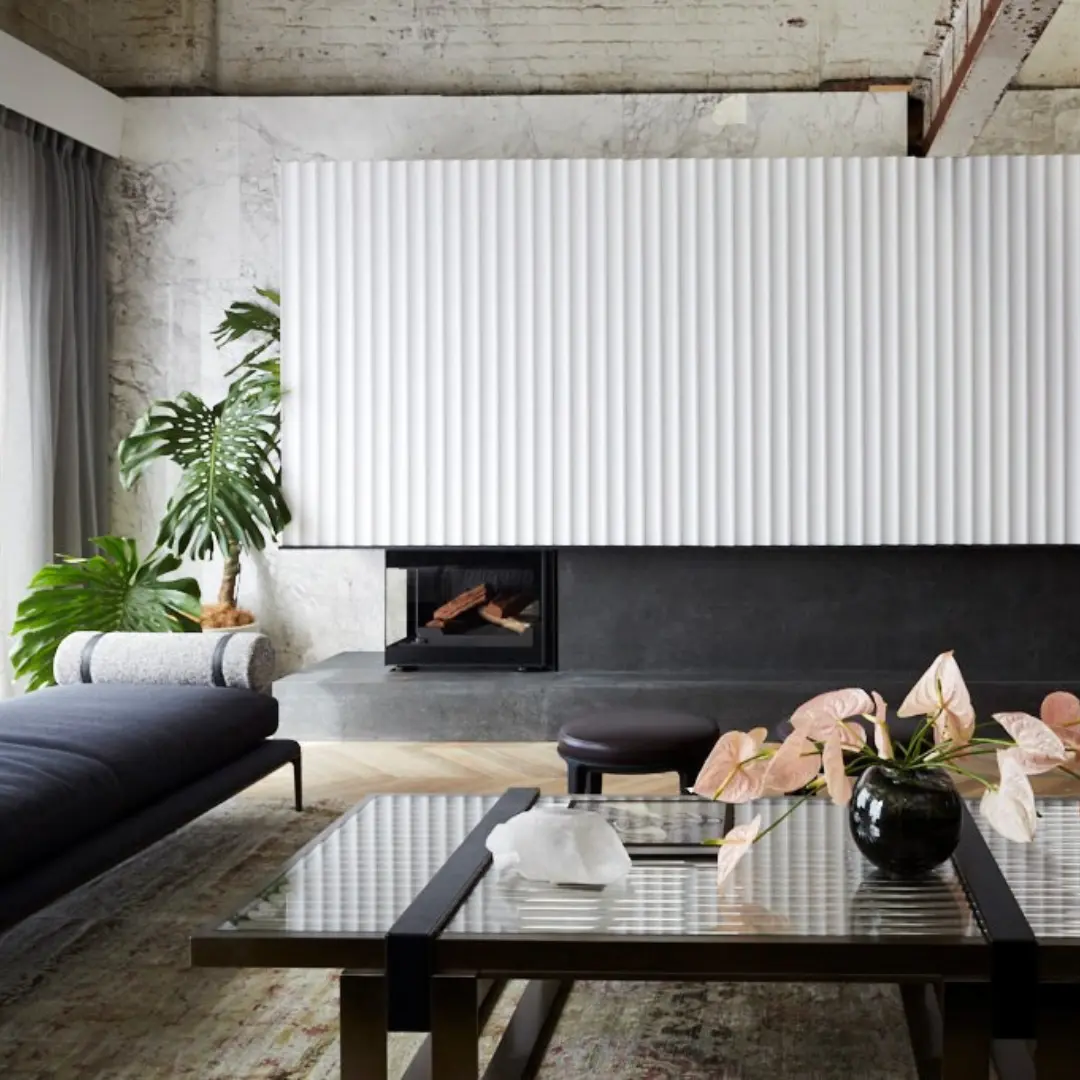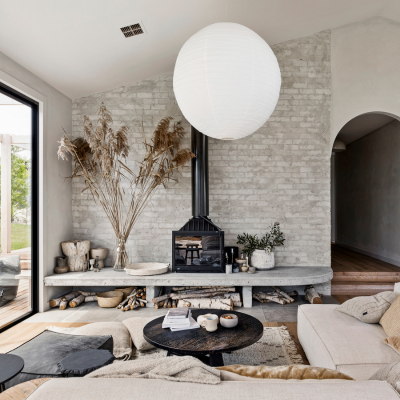Choosing the Best Firewood for Your Fireplace
A slow combustion fireplace is an efficient and cozy way to heat your home during the winter. However, the key to optimising your fireplace’s efficiency lies in choosing the right firewood. In Australia, where a variety of hardwoods are available, it’s important to understand what type of wood to burn, how to store […]

A slow combustion fireplace is an efficient and cozy way to heat your home during the winter. However, the key to optimising your fireplace’s efficiency lies in choosing the right firewood. In Australia, where a variety of hardwoods are available, it’s important to understand what type of wood to burn, how to store it, and how to maintain your fireplace for maximum heating efficiency.
Moisture Content and Its Importance
For your fireplace to operate effectively, the firewood you use must be properly seasoned. The general rule is to use dry hardwood with a moisture content of 15% or less. This helps the wood burn efficiently and prevents the buildup of tar, or creosote, in your chimney. Wood with high moisture content, often referred to as “green” wood, can contain up to 80% moisture. This wood produces less heat and more smoke, leading to creosote buildup, which can be a fire hazard.
Seasoned wood, on the other hand, has been allowed to dry naturally over at least six to twelve months. It is lighter in weight, often has visible cracks at the ends, and makes a hollow sound when struck together. This wood burns hotter and cleaner, increasing the efficiency of your fireplace. Using a moisture meter can help you measure the exact moisture level of your firewood to ensure it’s below 15%.

Hardwoods vs. Softwoods
Choosing the right species of wood is equally important. Firewood is typically divided into hardwoods and softwoods.
- Hardwoods: These are denser and burn slower, producing more heat over a longer period. Examples include Ironbark, Jarrah, and Red Gum. These types of wood are ideal for slow combustion fireplaces because they provide sustained heat and are efficient for long-term use. They also create less ash and creosote, which means less frequent chimney cleaning.
- Softwoods: Softwoods like Pine and Cypress burn faster and produce more smoke. These woods are best for kindling or for starting a fire but should not be relied on for heating your home. They also contribute more to creosote buildup, which can block your chimney. Softwood is not to be used with the Sculpt Fireplace Collection range.
For the most effective and long-lasting heating, choose well-seasoned hardwoods. While hardwoods are often more expensive than softwoods, they are more efficient and require fewer logs to maintain a warm fire, making them a better long-term investment. Only ever use hardwood in a Sculpt fireplace.
Best Australian Hardwoods for Fireplaces
1. Ironbark: One of the densest Australian hardwoods, Ironbark provides a long, steady burn and intense heat output. It’s a premium choice for slow combustion fireplaces.
2. Red Gum: Popular across Australia, Red Gum offers a great balance between heat production and burn time. It’s widely available, making it a convenient option for many homeowners.
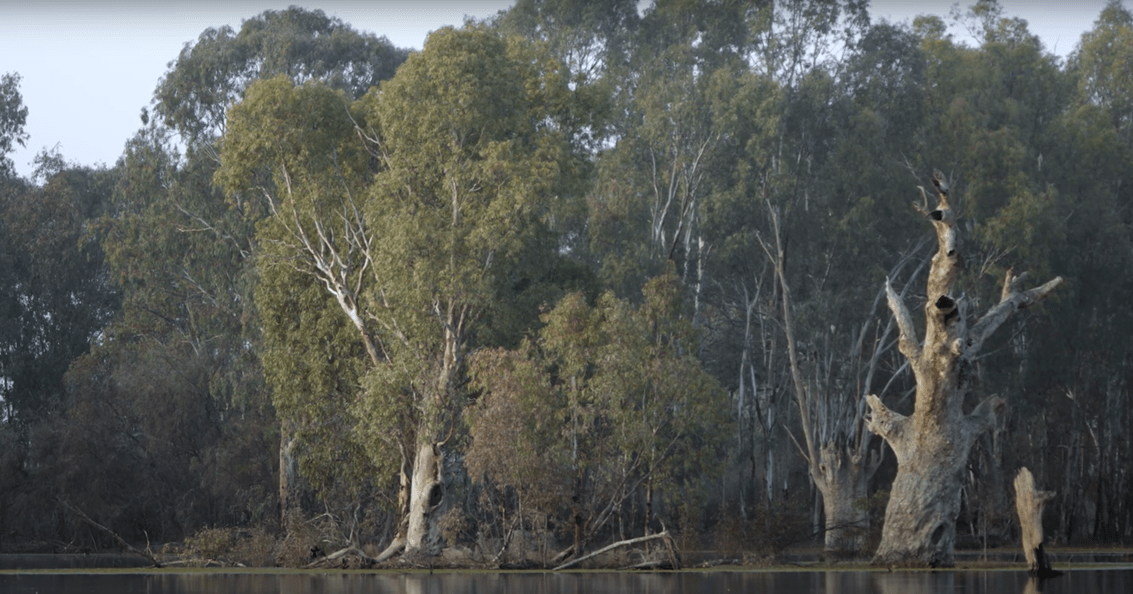
3. Jarrah: This Western Australian hardwood is well-known for its slow burn and high heat output, making it perfect for long winter nights.
4. Yellow Box: A durable and dense hardwood, Yellow Box offers a long burn with minimal smoke. It’s another great choice for slow combustion fireplaces.
5. River Red Gum: Known for producing consistent, long-lasting heat, River Red Gum is a top choice for efficient and clean-burning fires.
Proper Storage for Firewood
Storing your firewood properly is just as important as selecting the right type. Poor storage can lead to moisture absorption, causing the wood to become damp and difficult to burn. Here are some key tips for storing firewood effectively:

1. Keep It Off the Ground: Store your wood on a pallet or raised surface to prevent ground moisture from seeping into the logs. Elevating the wood also helps air circulate around the pile, which aids in the drying process.
2. Cover the Top, Not the Sides: It’s important to cover the top of the woodpile to protect it from rain but leave the sides exposed for ventilation. Good airflow is essential for keeping your firewood dry and ready to burn.
3. Choose a Sunny Location: Store your firewood in a spot that gets plenty of sun and wind. The natural drying effect of sunlight and airflow will help season the wood faster.
4. Rotate the Wood: Always use the older, more seasoned wood first and rotate new logs to the back of the pile. This ensures that your wood supply is constantly ready for burning.
Purchasing Firewood: What to Consider
When buying firewood, especially in bulk, it’s important to keep a few things in mind:
1. Ask About Seasoning: Ensure that the firewood you are purchasing has been properly seasoned. If the wood is green, you will need to store it for several months before it is ready to burn.
2. Buy in Bulk: Purchasing firewood in bulk, especially during the warmer months, can save you money. Firewood prices often rise during winter due to increased demand.
3. Check for Sizing: Ensure the firewood logs are cut to the appropriate size for your fireplace. Most suppliers will split the wood for you, but it’s always good to confirm before purchasing.
4. Sustainability: Choose firewood from a sustainable source. Look for a supplier that uses responsibly harvested wood and avoids over-logging.
Choosing the right firewood for your slow combustion fireplace in Australia comes down to selecting well-seasoned hardwoods with a moisture content of 15% or less. Hardwood species like Ironbark, Red Gum, and Jarrah are excellent choices for their long burn times and high heat output. Never burn treated wood, painted wood, or materials other than natural, dry firewood, as these can release harmful chemicals into the air.
Stick to natural, seasoned wood to keep your fire as clean and environmentally friendly as possible. Additionally, how you store and stack your firewood will significantly impact its performance. By following these guidelines, you can ensure that your fireplace provides consistent, efficient, and eco-friendly heat throughout the winter months.
Tags: Australian hardwood firewood, Best firewood for fireplaces, Choosing firewood types., Fireplace creosote prevention, Fireplace efficiency guide, Firewood moisture content, Firewood storage tips, Ironbark firewood benefits, Red Gum firewood Australia, Seasoned hardwoods for fireplaces, Slow combustion fireplace tips, Sustainable firewood options, Wood heating eco-friendly

